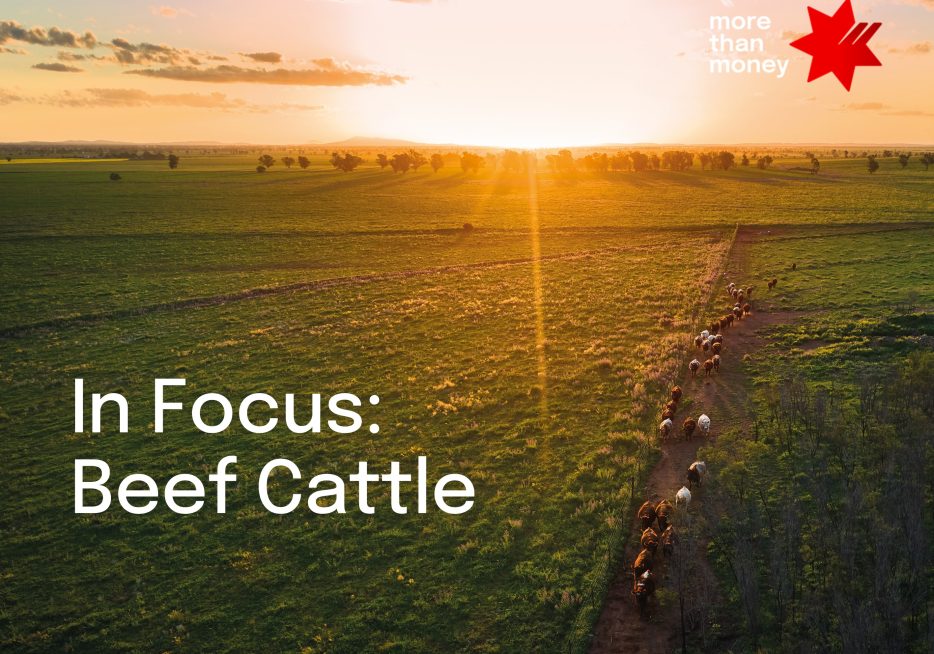July 23, 2015
Quarterly Business Survey – June 20
The June quarter NAB Business Survey confirms the trend of gradually improving near-term indicators, but with a somewhat patchy longer term outlook. Business confidence strengthened in Q2 to +4 index points (from 0 points), which is its highest level since Q3 2014…
- The June quarter NAB Business Survey confirms the trend of gradually improving near-term indicators, but with a somewhat patchy longer term outlook. Business confidence strengthened in Q2 to +4 index points (from 0 points), which is its highest level since Q3 2014 and consistent with the long-run average for the series. Conditions were also marginally better in Q2, up 1 to +4 index points, which is above the long-run average level. Despite the improvement, both confidence and conditions in the monthly survey finished the quarter significantly higher (+10 and +11 point respectively). Encouragingly, firms expectations for future activity improved as well.
- While Australia continues to face a ‘patchwork’ economy, the Q2 Survey finally gave some indication that positive momentum is broadening across sectors. In particular, confidence is now positive for all industries outside of the mining sector. This is not the case for conditions, although fewer industries had negative conditions in Q2 than last quarter. Service sectors continue to outperform by a large margin in terms of conditions, but confidence is more varied. Responses from mining firms continue to be affected by lower commodity prices and falling investment, while industries sensitive to interest rates and AUD look to be doing better. Retail may also have been buoyed by the Governments small business incentives in the Budget.
- Leading indicators from the survey remain patchy. Forward orders were down slightly and are at subdued levels. Firms’ expectations for conditions in 3 and 12 months time both improved, as did conditions in the ‘bellwether’ wholesale industry – although the level remains very weak. Perhaps most concerning is that capacity utilisation was unchanged and capex plans for the next 12 months eased back (albeit still elevated). The ABS Capital Expenditure Survey, however, suggests a much weaker outcome for non-mining investment.
- Product price inflation was relatively subdued at an annualised rate of 0.9% (0.2% in the quarter), reflecting both modest labour cost growth and softer purchase cost inflation. In contrast, retail prices accelerated (in contrast with lower official underlying inflation in Q2).
- Despite some volatility, the AUD during the Q2 survey period was broadly similar to what it was last quarter. Unsurprisingly then, the proportion of firms reporting adverse effects from the currency was barely changed. Looking over a longer period (12 months), most industries appear to have seen a benefit from AUD depreciation. Retail, transport & utilities and wholesale are the exceptions, possibly reflecting higher import costs. Firms also showed more preference towards employing more defence measures to manage currency risk.
Latest NAB economic forecasts
Global and Australian forecasts released 14 July 2015
For further analysis download the full report.
Quarterly Business Survey – June 2015 (PDF, 1017KB)

